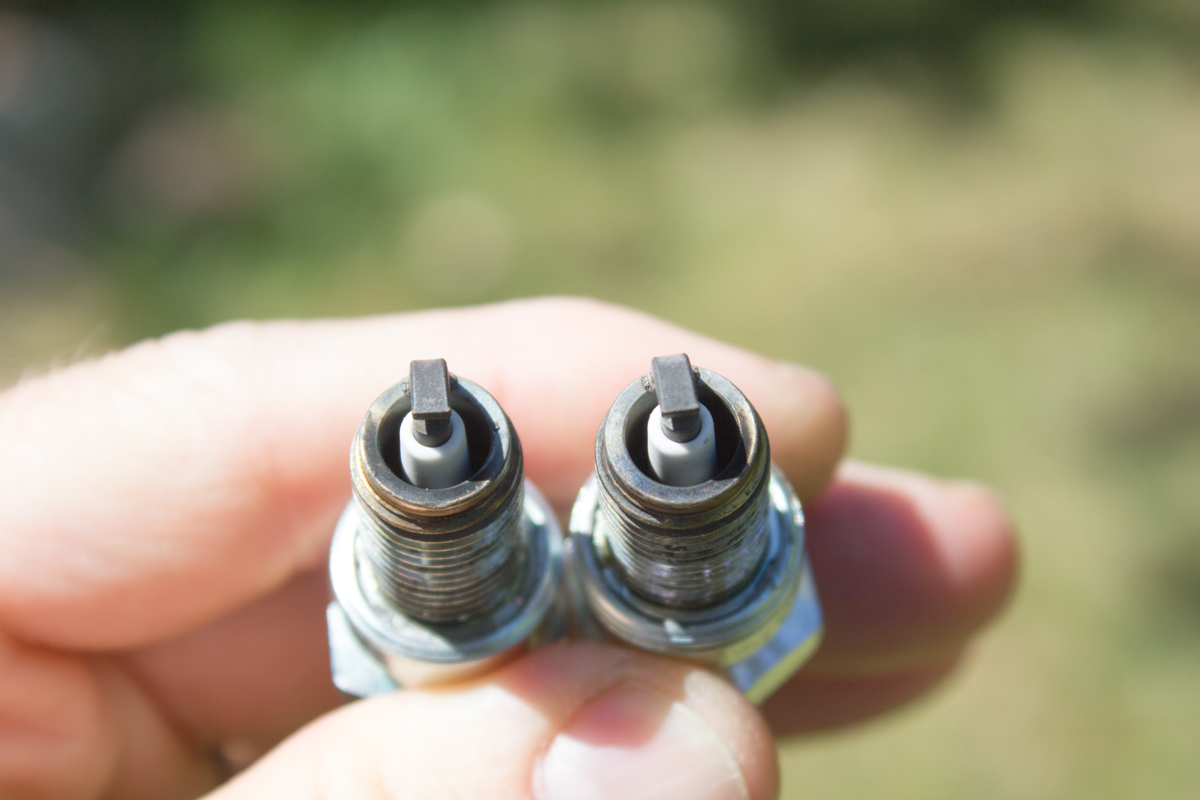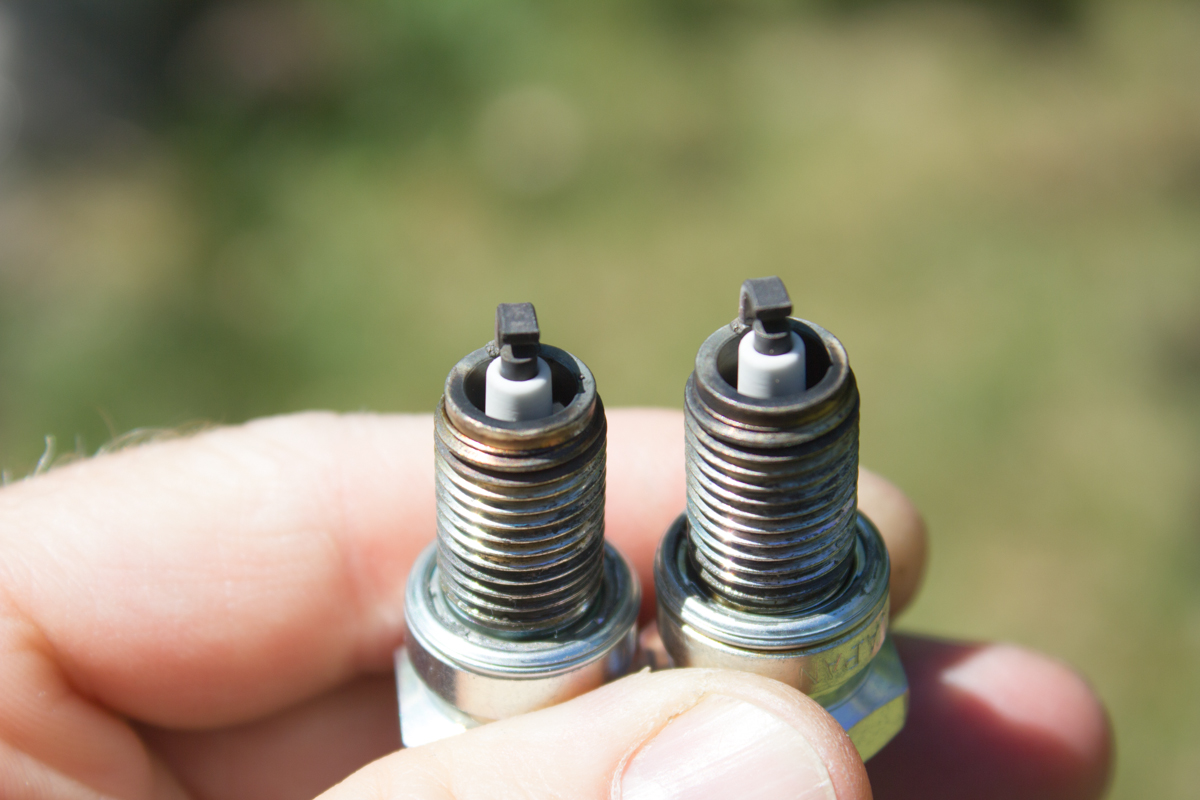After solving the off-idle stumble, I have a new problem. When riding along, at low throttle and low rpm, I'm getting a surging. it feels like the bike is moving back and forward below me. Its most notable at 1/8" throttle and about 3k rpm.
I've also noticed that pulling the enrichment out a bit helps with the problem but not entirely.
About the bike: It's a 2004 Bonneville. The SAI has been removed. The intake and exhaust are factory stock. The carburetor has #42 pilots and the pilot screws are 2.5 turns out. I live in Boulder, CO, which is about 5,300 feet above sea level. The plugs are DPR8EA-9's and they are gapped to 0.85mm.
I've checked for air leaks by passing propane around the vacuum ports and intake o-rings and didn't notice a change in idle. The vacuum caps and intake boots were replaced with OE parts last year as part of the troubleshooting process for the off-idle stumble. The carburetors have been synchronized using a Motion Pro manometer and the idle is set between 1200 and 1300 rpm (according to the factory tachometer).
A photo of the plugs is provided below:
![Image]()
![Image]()
Where do you think I am on the lean-rich scale? The plugs look lean to me and that would fit with a lean surge.
And what do you advise I do next? Increase the pilot jet sizing further to #44? Run the carbs through another cleaning and inspection cycle? Do a more thorough check for air leaks?
I've also noticed that pulling the enrichment out a bit helps with the problem but not entirely.
About the bike: It's a 2004 Bonneville. The SAI has been removed. The intake and exhaust are factory stock. The carburetor has #42 pilots and the pilot screws are 2.5 turns out. I live in Boulder, CO, which is about 5,300 feet above sea level. The plugs are DPR8EA-9's and they are gapped to 0.85mm.
I've checked for air leaks by passing propane around the vacuum ports and intake o-rings and didn't notice a change in idle. The vacuum caps and intake boots were replaced with OE parts last year as part of the troubleshooting process for the off-idle stumble. The carburetors have been synchronized using a Motion Pro manometer and the idle is set between 1200 and 1300 rpm (according to the factory tachometer).
A photo of the plugs is provided below:


Where do you think I am on the lean-rich scale? The plugs look lean to me and that would fit with a lean surge.
And what do you advise I do next? Increase the pilot jet sizing further to #44? Run the carbs through another cleaning and inspection cycle? Do a more thorough check for air leaks?











